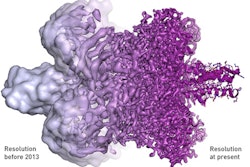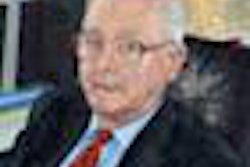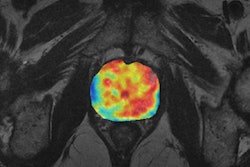The Royal Swedish Academy of Sciences has awarded this year's Nobel Prize in chemistry 2016 to a trio of researchers for their design and synthesis of molecular machines.
The recipients are:
- Jean-Pierre Sauvage, PhD, a professor emeritus at the University of Strasbourg and director of research emeritus at the National Center for Scientific Research (CNRS) in France
- Bernard L. Feringa, PhD, a professor in organic chemistry at the University of Groningen in the Netherlands
- Sir J. Fraser Stoddart, PhD, a professor of chemistry at Northwestern University in Evanston, Illinois, U.S.
Sauvage in 1983 linked two ring-shaped molecules to form a chain known as a catenane. Molecules normally are joined by strong covalent bonds in which the atoms share electrons. Sauvage's chain was linked by a freer mechanical bond to perform a task.
Stoddart in 1991 developed a rotaxane, a molecular ring that is threaded into a thin molecular axle to move along the axle. A molecular lift, molecular muscle, and molecule-based computer chip are all based on the rotaxane.
Feringa in 1999 became the first person to develop a molecular motor by continually spinning a molecular rotor blade in the same direction. Using molecular motors, he has rotated a glass cylinder that is 10,000 times bigger than the motor and also designed a nanocar.
The Nobel laureates will share the award of 8 million Swedish kronas (0.83 million euros).




















